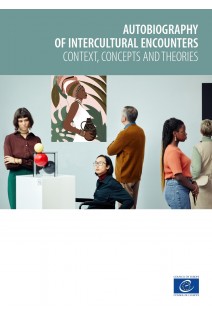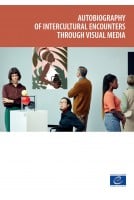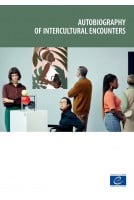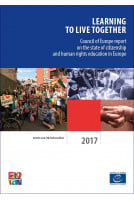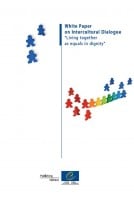INTRODUCTION CONTEXT, CONCEPTS AND THEORIES
1. The policy context of the Autobiography of intercultural encounters
2. Concepts and theories underlying the Autobiography of intercultural encounters
2.1. Culture
2.2. Cultural discourse
2.3. Multicultural societies
2.4. Plurality
2.5. Pluriculturality
2.6. Interculturality
2.7. Tolerance, respect and intercultural dialogue
2.8. Views of people from other cultures
2.9. Factors influencing attitudes to people from other cultures
2.10. Multiple identities and the impact of intercultural encounters
2.11. Nationality and citizenship
2.12. Plurilingualism
2.13. Languages and social, political and economic inclusion
2.14. The concept of intercultural citizenship
2.15. Active citizenship and education for intercultural citizenship
2.16. History and culture
2.17. Mass media, digital media and the representations of others
2.18. The Council of Europe’s work on digital citizenship education
3. Cultural boundaries which may be crossed in an intercultural encounter
3.1. Ethnic groups
3.2. National and state groups
3.3. Religious groups
3.4. Language groups
3.5. Racial groups
3.6. Local and regional groups
3.7. Supranational groups
3.8. Some final reflections concerning cultural boundaries
4. The competences required for interculturality
5. Conclusions
6. References and recommended reading
CONCEPTS FOR DISCUSSION
1. Introduction
2. Culture
3. Multicultural societies
4. Attitudes to other cultures
5. Citizenship and nationality
6. History and ...
7. Multiple identities: interpreting the self
8. Perceptions of people from other cultures: interpreting the other
9. Functioning in a context of plurality: plurilingualism
10. Functioning in a context of plurality: pluriculturality and interculturality
11. Active citizenship and intercultural citizenship
